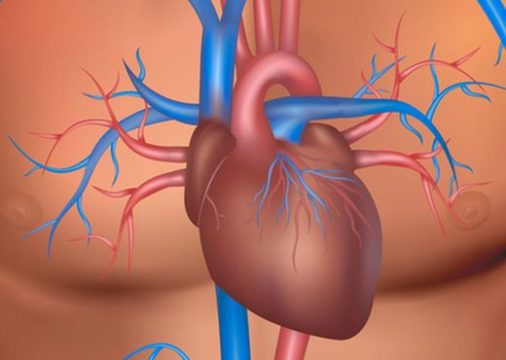The Swan Ganz catheter has been used in the clinical practice for years. However, its usefulness remains under discussion and its use keeps dropping.

A new analysis published in JAHA might bring it back at least in the context of cardiogenic shock, where it showed improved prognosis and more effective complexity management.
Recently, the lack of evidence on its clinical benefits, its invasive nature, its costs, and the advance of non-invasive studies, had led to a 75% drop in use.
This study included 236,156 patients hospitalized for cardiogenic shock between 2016 and 2017 aiming at assessing the impact of right heart catheterization during index hospitalization on clinical prognosis, treatment strategies, complications, and readmission rate at 30 days.
25,840 patients (9.6%) received the Swan Ganz on index admission. These showed more comorbidities than the control group.
During index admission the group receiving right heart catheterization showed lower mortality (25.8% vs 39.5%; p<0.001) and lower stroke rate (3.1% vs 3.4%, p<0.001). readmission at 30 days also resulted lower, as well as deaths during readmission.
Read also: Provisional vs Dual Stenting in Left Main: An Endless Discussion?
After adjusting for variables, the use of right heart catheterization showed lower mortality rate on index admission, fewer strokes, fewer readmissions at 30 days and higher left ventricular support.
Conclusion
The use of right heart catheterization in patients with cardiogenic shock was associated to improved clinical outcomes.
JAHA-120-019843Original Title: Right Heart Catheterization in Cardiogenic Shock Is Associated With Improved Outcomes: Insights From the Nationwide Readmissions Database.
Reference: Sagar Ranka et al. J Am Heart Assoc. 2021 Sep 7;10(17):e019843. doi: 10.1161/JAHA.120.019843.
Subscribe to our weekly newsletter
Get the latest scientific articles on interventional cardiology





